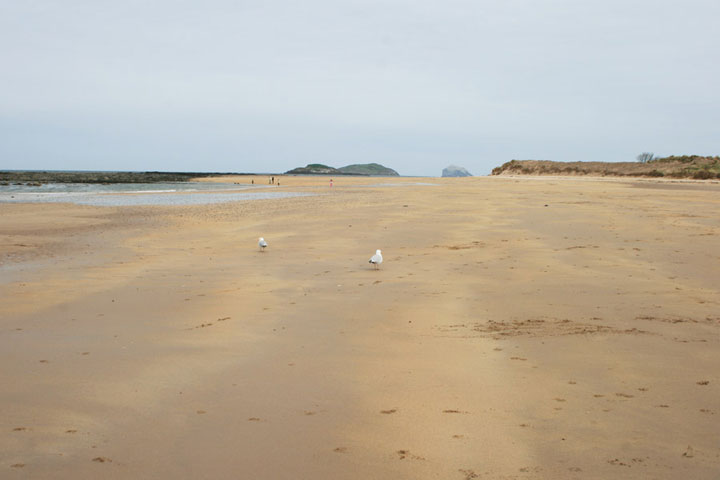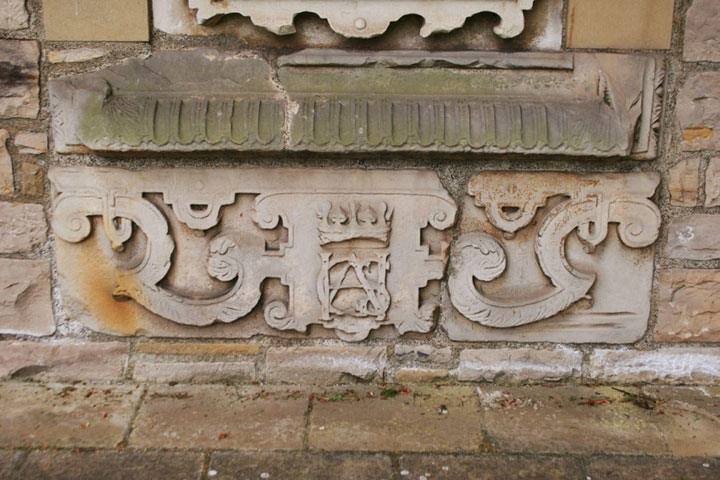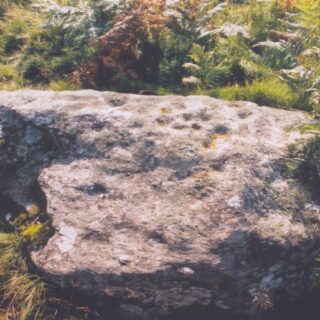Although it wasn’t really the weather for it – slightly grey, and quite windy – today we headed to the beach.
East Lothian has a multitude of beaches, but the one we chose was the aptly-named Broad Sands, just outside North Berwick. Parking at the car park in the Yellow Craig Plantation, we made our way through the sand dunes onto the wide golden sands.

To the north west of the beach, just off the shore, is the island of Fidra. Here in the 12th century the de Vaux family built Castle Tarbet (which would later be superseded by Dirleton Castle), although now only a small section of the castle’s walls are visible on the rocky eminence. A lone wall is all that remains of St Nicholas’ Church, through to have been founded in the early 13th century.

To the east, rising out of the water is the great mass of the Bass Rock, which appears white due to the number of birds living on it.

Despite it being the start of May there was quite a chill in the wind, so we walked back to the car and drove the short distance to Redhouse Castle, just outside Longniddry. We’d passed this castle several times before but never been in to have a look at it. From the road all you can see are the top of the ruined walls, but up close it’s far more impressive than that.
Situated next to a market garden, the 16th to 17th century castle is still surrounded by its courtyard wall, and access is through the original gateway.

At the corner of the courtyard is a doocot, and along the wall are a range of (presumably later) outbuildings.

Above the doorway are the arms of John Laing, and the initials of himself and his wife, Rebecca Dennsitoun.

Laing bought Redhouse Castle in 1607 and was responsible for extending it to its present form. The castle still stands to its original height, although there are no longer any floors or a roof.

Redhouse Castle was incorporated into the Earl of Wemyss’ Gosford Estate, and it was to another property associated with the Earl of Wemyss that we travelled next. Seton Collegiate Church dates back to the 12th century, and between the 15th and 18th centuries was the private chapel and burial vault of the Earls of Seton.


Next to the church was Seton Castle, a huge and luxurious fortified palace belonging to the Seton family. In the late 18th century the old castle was demolished, and a new house built to a design by Robert Adam.

The estate later passed to the Earl of Wemyss, who restored the church. It is now cared for by Historic Scotland, while the new Seton Castle is a private residence. In the grounds of the church can be seen several heraldic panels from the original
Seton Castle.








